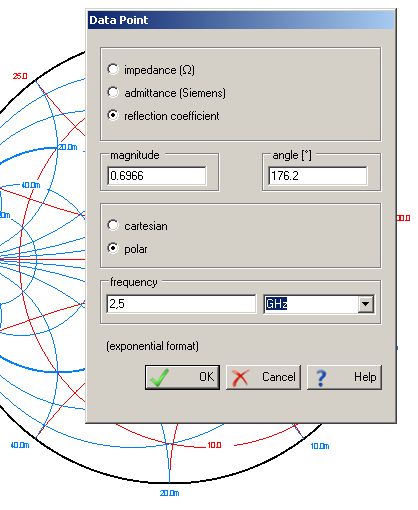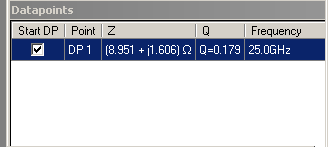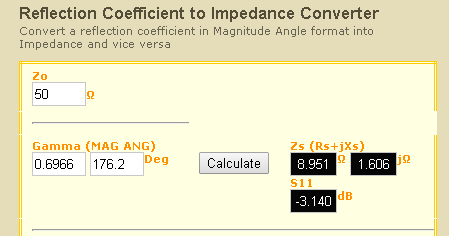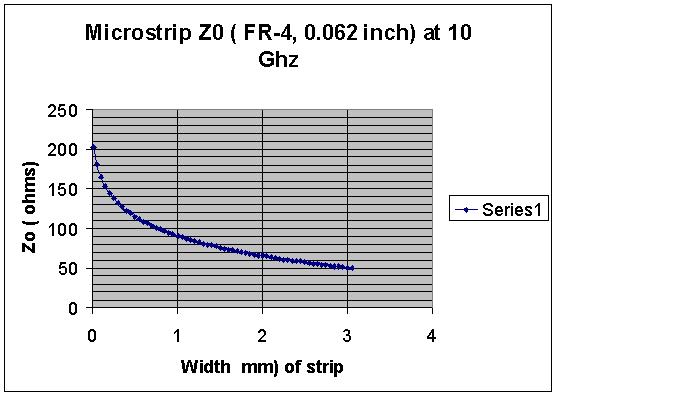s11 is the input reflection coefficient expressed in terms of s – parameters. It can be used as is in certain software programs to analyze the input characteristics of a 2 – port circuit. However, if these specialized programs are not available then a conversion between s11 can be carried out from the known ( measured) value of s11 using either the Smith Chart or by using a simple calculator for the conversion. The basic conversion algorithm is as follows:
Z = Zo * ((1 + Γ) / (1 – Γ))
Γ = (Z – Zo) / (Z + Zo)
S11 = 20 * Log10(mag)
Here Z is the impedance corresponding to the reflection coefficient, Zo is the characteristic impedance, Γ is the reflection coefficient. Obviously the calculations involve complex numbers as the impedances and the reflection coefficient are all complex numbers. Another way to do the conversion is to use the Smith Chart. As shown below. Just input the value of s11 or the reflection coefficient and read the impedance at that point..The example below converts a s11 magnitude of 0.6966 and angle 176.2 to an equivalent impedance directly.


The Smith Chart program used here is a freeware program developed by Prof. Fritz Dellsperger , Juerg Tschirren and Roger Wetzel of the Berne Institute of Engineering and Architecture.
The same function can be done using a calculator as mentioned above. The results of the calculator are shown below:

The calculator used for this function was from Le Leivre.com on the web. Please visit the Signal Processing Group Inc., website for more technical information, white papers, and general information for our cost – effective design, development and manufacturing services for Analog and RF/wireless ASICs and modules.












